If you’re running a Dungeons and Dragons game, you may have had to deal with Murder Hobos before. More often than not, these are players who constantly disrupt the game and make it difficult for everyone else to enjoy themselves.
This leaves you, as the DM, with a pretty big problem on your hands when trying to run the game.
Unfortunately, there’s no one-size-fits-all solution to this problem. Every group is different, and you’ll need to tailor your approach accordingly.
However, there are some tips and frameworks to help you deal with this pesky problem!
In this article, we’ll discuss some of the best ways to deal with Murder Hobos and keep your D&D game running smoothly.
Also, note that this article is a follow-up to my other article, Anatomy of a Murder Hobo. That article focuses more on the characteristics of Murder Hobos and what the effects of having them at the table can be. I’d strongly recommend checking it out if you want the tips in this article to really work for you. Context is everything!
Tips For Preventing Murderhobo Behavior
As a Dungeon Master, it’s your job to keep the game flowing smoothly for everyone. But what do you do when certain players start causing disruptions? Do you try to cure the behavior or could you prevent it from happening in the first place?
When you’re trying to cure disruptive behavior like that a Murder Hobo, you’re already behind the 8 ball, so to speak. The player has already caused a disruption, and now you have to figure out how to fix it. This can be difficult, especially if the player doesn’t want to cooperate.
The simple truth is that preventing these problems is easier than trying to fix them after they’ve already developed. When you focus on preventing disruptive behavior, you can avoid these problems altogether.
You’ve heard the saying before: “prevention is better than cure!”
Here are 3 simple things that you can do as a DM to help prevent these problems from happening in the first place.
Establish What Type of Game the Group Wants
Any time a DM asks me for advice on how to handle a situation at their table, I always ask the same first question:
“Did you have a session zero?”
If the answer is no, then that’s usually the root of the problem.
Session zero is the first session of a D&D campaign where the group sits down and decides what kind of game they want to play. This is when you set expectations for behavior, discuss what everyone wants out of the game, and make sure that everyone is on the same page.
This will help prevent disruptive behavior like Murderhobo-ism from happening in the first place.
If players know what is expected of them, they’re less likely to behave disruptively.
Related: You can learn more about running a session zero here!
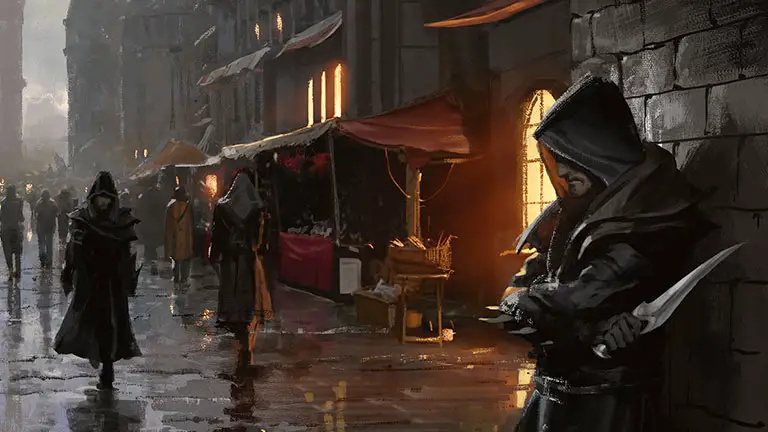
Make Choices Matter
One of the best ways to keep players from becoming Murder Hobos is to make their choices matter. If their decisions have a real impact on the world around them, they’ll be less likely to act out.
This doesn’t mean that you need to railroad your players into making specific choices. Instead, it’s important that their choices have an impact on the game world.
For example, if a player decides to kill an innocent NPC, there should be consequences to that decision. The world should react accordingly, and other NPCs should treat the player differently as a result of their actions.
Players are less likely to become Murder Hobos if they know that there are consequences to their actions.
This should not be limited only to the problematic behavior though. If the world truly does react to what the players do within it, it’s a strong enough precedent that players will be more hesitant about being disruptive.
Engage All of Your Players’ Playstyles
Different players want different things out of their D&D game. Some players enjoy combat, while others prefer role-playing and social interactions. As a DM, you need to make sure that you know what these desires are and cater to them accordingly.
(Psst! I’ve got an article that covers the 7 player types to help you!)
If a character who mostly likes combat doesn’t get that from your game, they are likely to start acting out. This can be disruptive to the game as a whole, and it’s something that you need to avoid.
(Not surprisingly, this is usually the case with Murder Hobos.)
The best way to do this is by engaging all of your players’ playstyles. If everyone is getting what they want out of the game, there’s less chance for disruption.
This doesn’t mean that you need to include combat in every scene or that you have to force players into social situations. It simply means that you need to provide opportunities for all of your players to engage with the game.
If everyone is getting what they want out of the game, there’s less opportunity and incentive for disruption.
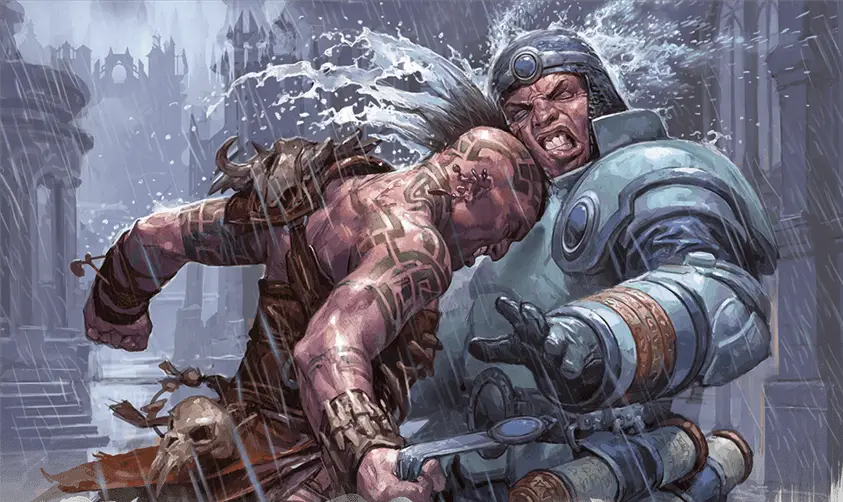
Tips For Dealing With Murderhobos as a DM
As a Dungeon Master, you’ll likely have to deal with a Murder Hobo in your D&D game at some point. Hopefully you can prevent this by setting ground rules and maintaining a good group dynamic, but sometimes prevention fails.
If you find yourself in this situation, don’t despair – there are ways to deal with it.
When prevention fails to stop the disruptive player’s behavior, these are 6 tips for dealing with it. I’ll be sharing these in order of escalation. If a tip doesn’t work, it might be time to escalate accordingly.
Keep in mind that there are no silver bullets when dealing with this issue, though. While this framework has helped me in the past, there might be certain nuances to your group that need to be considered.
Use your judgement and don’t hesitate to reach out for others’ opinions. I’m happy to respond to any comments you have and I’m sure you can also find great support on other sites like Facebook and Reddit.
Accept Your Own Responsibility
We have to start everything off with an admittedly bitter pill that you will have to swallow.
I say this with nothing but love.
As the DM, you have to take accountability for allowing the disruptive behavior to get to where it has become such a problem.
This doesn’t make you a bad DM for failing to prevent the behavior, but you need to acknowledge that you are also partly responsible for it reaching this point.
If you don’t look inward and figure out what you could have done differently, you’re absolutely setting yourself up for failure. Anything you do will quickly turn into a finger-pointing blame game that will ultimately solve nothing.
Once you’ve reflected on this, make a plan to address the problem Immediately. The earlier you address a problem, the easier it is to solve.
This means that if you see any signs of disruptive behavior, don’t hesitate to jump on it. Waiting will only make things worse and could potentially lead to bigger problems down the line.
If you don’t think the other players at the table won’t feel the tension if you wait, you’re wrong. (This makes things worse and unbearably awkward for everyone.)
Have a Private Discussion
It all starts with having a private discussion with the disruptive player. In the vast majority of cases, this is as far as it needs to go.
Don’t ambush them with this talk. If they’re feeling attacked, they’ll be defensive and you’ll just be wasting breath no matter how “right” you are.
Ask them if they’ve got some time for a talk. Ideally, make sure this happens with at least a few days between your conversation and the group’s next session. You want to give them time to reflect and make sure that no awkwardness carries over to the table.
As for the conversation itself, you want to stay calm and objective in your statements. Be direct but keep it respectful. You’re trying to keep the game running smoothly, not shame the person into oblivion. There shouldn’t be a “bad guy” here if you are approaching from the standpoint of finding a solution to the problem.
You’ll want to be open to feedback as well.
Ask if there’s something that you aren’t providing in the game that the player is trying to engage with. If you’ve done 5 sessions of intrigue, roleplaying, and shopping, can you honestly blame them for going a little crazy if that’s not what they want out of the game?
Take their feedback seriously as you hope they take yours the same way.
Consider the example I just gave. If they’re dying to finally have a combat sequence, you absolutely better find some reason to make that happen for the next session. Do this if only to show that you took the talk seriously and are making changes to your approach as well.
Lastly, end the conversation on a high note.
It doesn’t have to be something over the top. Something like “I’m glad we were able to sort this out. I think you’re gonna love what I’ve got planned for next game!” will work perfectly!
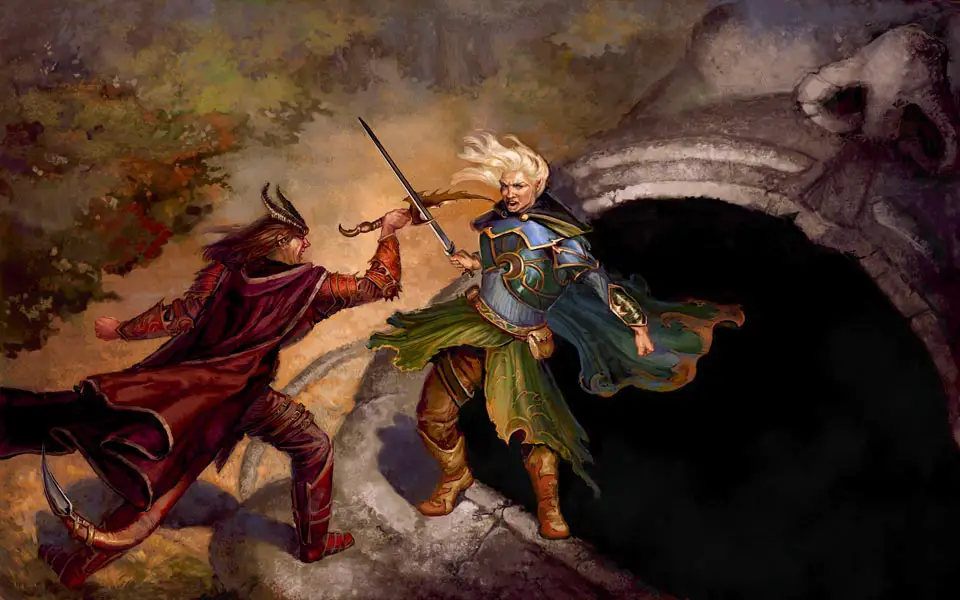
All Actions Have Consequences
Remember how we talked about how making choices matter in the game is good for preventing Murder Hobos?
As it turns out, it’s also your best bet for dealing with this disruptive behavior if the conversation didn’t seem to work but you’re not looking to give the player the boot. (After all, booting a player from the group should only ever be the very final option.)
It’s only a matter of time before word begins to spread about the party’s actions. Wanted posters might start to appear in towns throughout the area, civilians might discreetly inform a guard when the party comes to town, and it will be difficult to get help from important NPCs or organizations.
As a DM, you want the world to feel alive. The players’ decisions should have an impact on the world around them. If you’ve been doing this all along, it’s simply the result of the players’ actions.
If you haven’t been doing this, you need to start. Don’t make it where only negative consequences are shown, though. Otherwise, it will start to look like you’re just being antagonistic.
Protecting a travelling merchant from a band of hobgoblins might earn the party some favor and maybe a nice discount. Stealing the merchant’s goods and wagon should similarly also have consequences in the future. The merchant will certainly be quick to tell their guild members and the town guards about what happened!
Did the Murder Hobo just kill an innocent NPC? Maybe there’s a big funeral in town a couple days later and NPC’s spouse wants the party to say some kind words at the ceremony. After all, words from such highly-esteemed heroes would do a lot to console the townspeople, wouldn’t it?
(Okay, maybe that last one is incredibly passive aggressive but it’s one of my favorite ways to make these players realize just what they’ve done. I go all out when RP’ing the NPC’s spouse/relatives with a full-on “ugly cry” that is quite decidedly awful to witness.)
New NPCs Appear
If the party develop a reputation for being bad people who only leave destruction in their wake, new NPCs might begin to take notice.
Some of these NPCs might be obviously bad people who praise the party for their deeds. It should really hit home and highlight what types of people the party is attracting.
Such an unsavory character might compare the party’s villainous deeds to their own “achievements.” Few things will drive the point home harder than an obviously evil person pointing out how the party is just like them and their gang.
Other NPCs might be adventurers themselves who have been hired to put an end to the party’s troublemaking. After all, there’s probably a sizeable bounty out and there’s certainly plenty of other adventurers looking to earn a payday…
Have a Direct Group Discussion
I was a player in a group where it was becoming apparent that things were falling apart at the table. It felt like a slow death.
The DM ended up sending an email to the group. The disruption was getting so bad that he was just not enjoying it anymore.
Private conversations had failed. Attempts to resolve it in-game had failed.
Nothing was working.
In his email he said “I hate what our games have become and I will quit if we don’t fix it soon.”
To be clear, he’s not the type of person to be dramatic. The problem had been going on for months and he had just finally had enough after numerous attempts to turn things around.
We ended up having a group discussion. This “healing session” was going to take as long as it needed to, but there wasn’t going to be a single dice roll until we came to a solution. If we had to be there until midnight to save the group, then that’s what it was going to be.
What were we doing there? Why were we coming together every single week when it was becoming obvious that things were barely hanging on.
This was a chance for everyone to open up. What started as an issue with one player had festered into, for lack of a better word, a toxic gaming environment.
Honestly, it helped our group tremendously which is why I include it in this list. This is almost as severe in nature as booting someone from the group, though. You should absolutely use this sparingly and only when it’s absolutely necessary.
“It’s what my character would do” will only go so far. When we’re talking about real players’ very real time being ruined, that excuse doesn’t fly.
If you’re going to do this, follow the same guidelines I included regarding private conversations.
As the DM, you need to be humble but also be proactive in leading this group discussion. Be respectful, open, and focused on solutions. If it becomes a shouting match or blame game, you’ve likely just ended the group.

Ask the Player to Leave
It is not a good feeling have to kick a player out of your D&D group, but sometimes it is necessary. If they have continued to be disruptive Murder Hobos and refuse to change after being given every opportunity, you need to ask them to leave.
Speak with them privately either in-person or over the phone. If possible, do not text or email (but you might need to do so if they are clearly avoiding you.)
You need to be mature about this but also be decisive.
This is not an opportunity for them to state their case. Your decision has been made and it has become abundantly clear that the type of game that the group wants is different from what the player wants. In time, they might be welcome to rejoin the group but for now it’s best if they go until emotions calm.
Depending on the nature of your group, a private vote might need to be taken.
In the one and only time I’ve had to kick someone out of my group, I called each member individually and asked for their thoughts on the issue. It was important that nobody felt swayed or pressured by anyone else in the group (especially not by me.) Everyone had been impacted by this person’s behavior and I wanted to hear what they had to say.
With a unanimous decision, I asked the problematic player to bow out gracefully instead of forcing me to boot him. Thankfully, he did and our game was able to continue. The very next session, it was like a weight had been lifted and we were having the most fun we had had in months.
Conclusion – Dealing with Murderhobos as a DM
Having a Murder Hobo at the table can be frustrating for any DM.
While Murder Hobos might be just fine in some of the more “beer and pretzels” type groups, they can seriously derail the game for those groups who are trying to tell a story.
As the DM, your group is going to naturally look to you to solve this problem.
If you stay calm and focused on solutions to improve the game for everyone, you should be perfectly able to handle the issue with the tips we’ve covered today.
Have any tips of your own for dealing with Murder hobos at the D&D table? Got a Murder Hobo situation that you need some advice on? Let’s chat in the comments!
While you’re here, sign up for my newsletter using the form below! It’s the best way to stay up to date with all of the latest DM tips and more from Tabletop Joab!

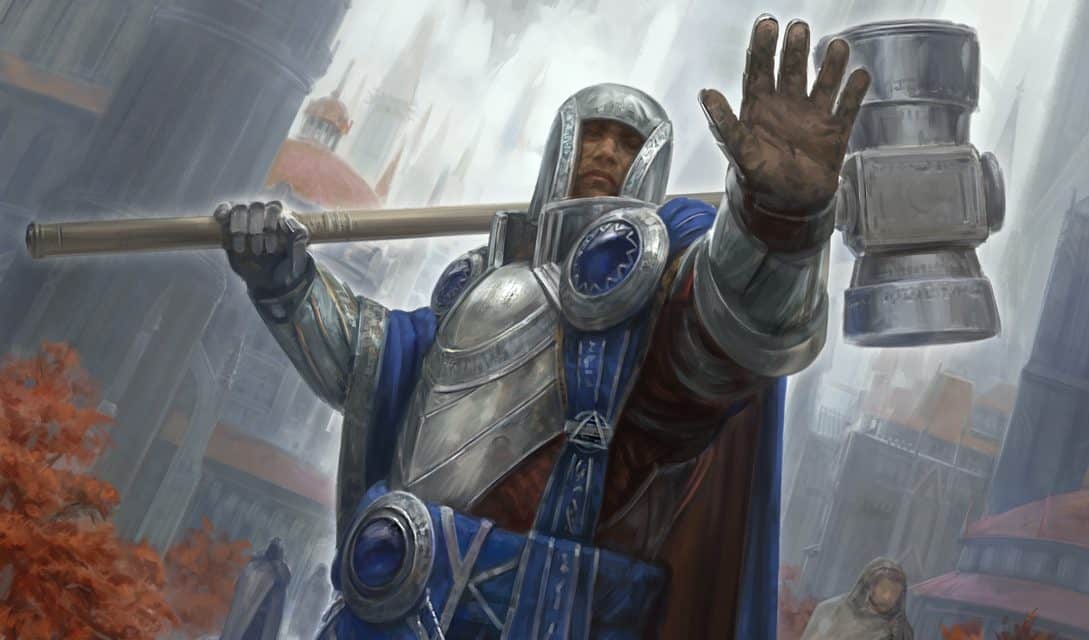

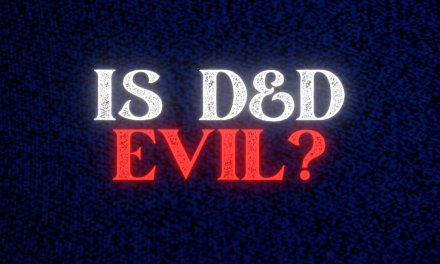
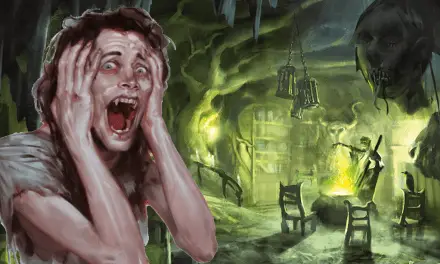
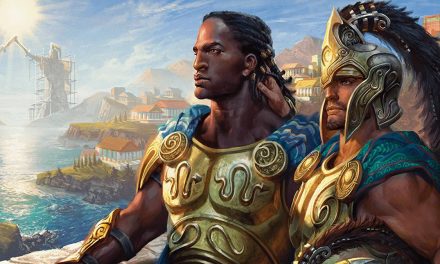
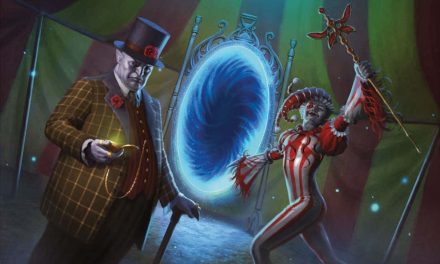



Recent Comments